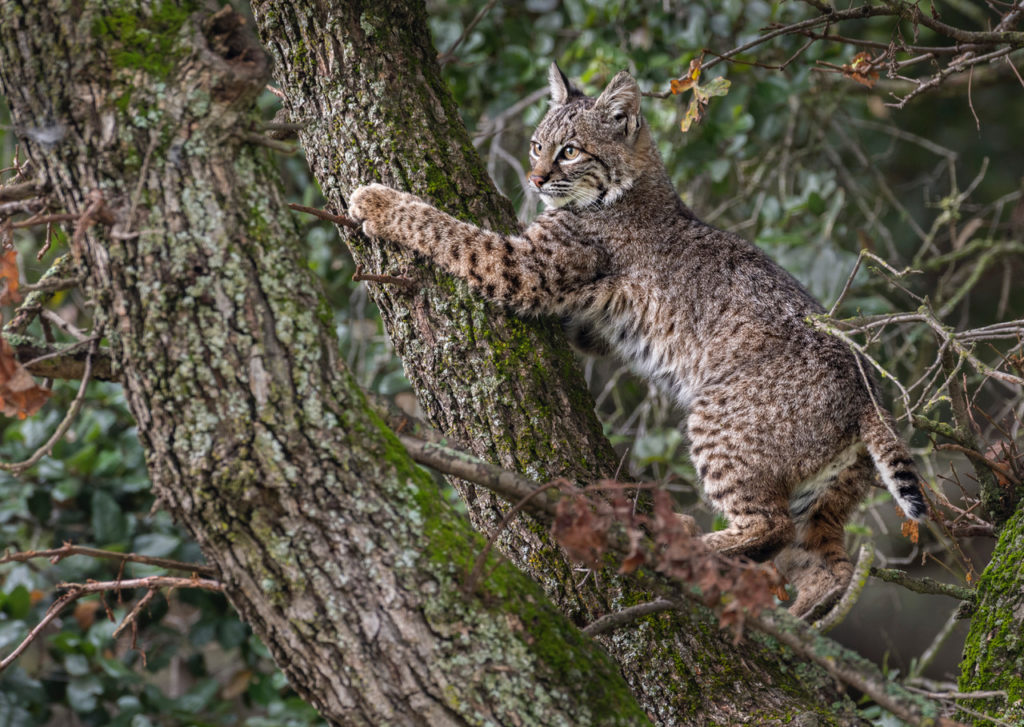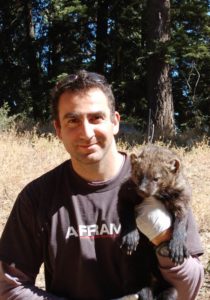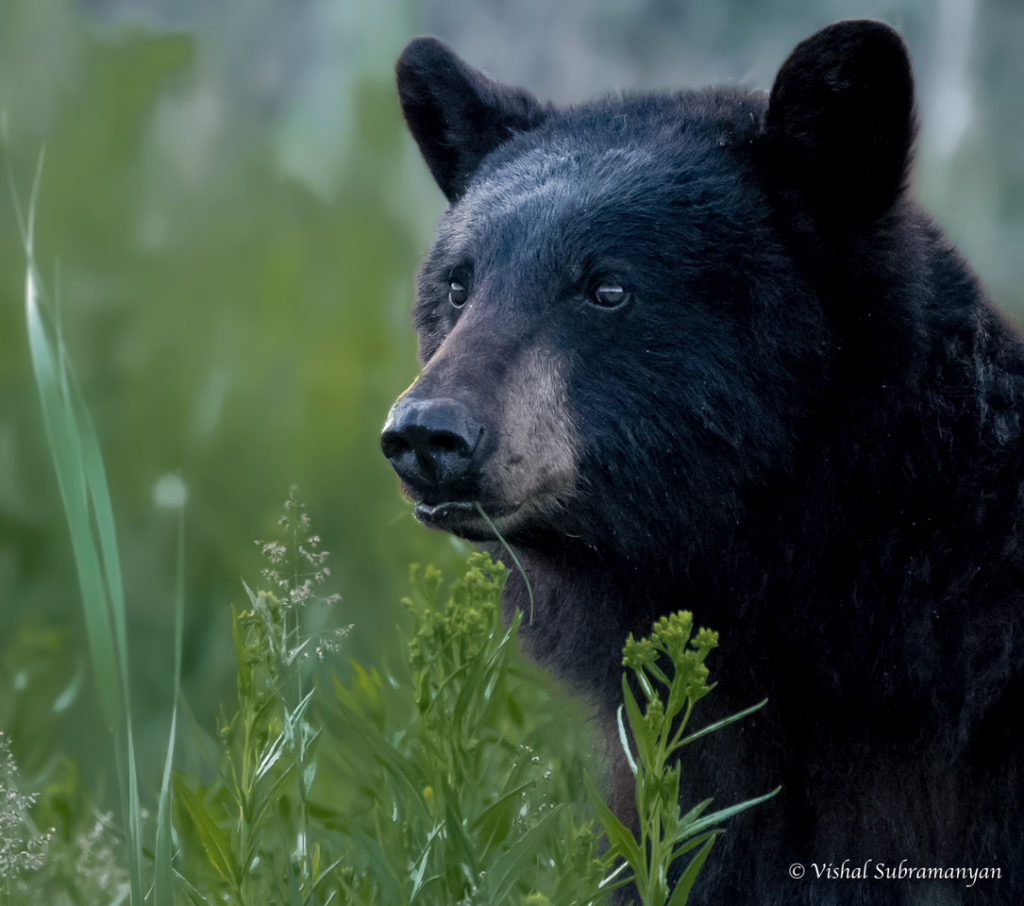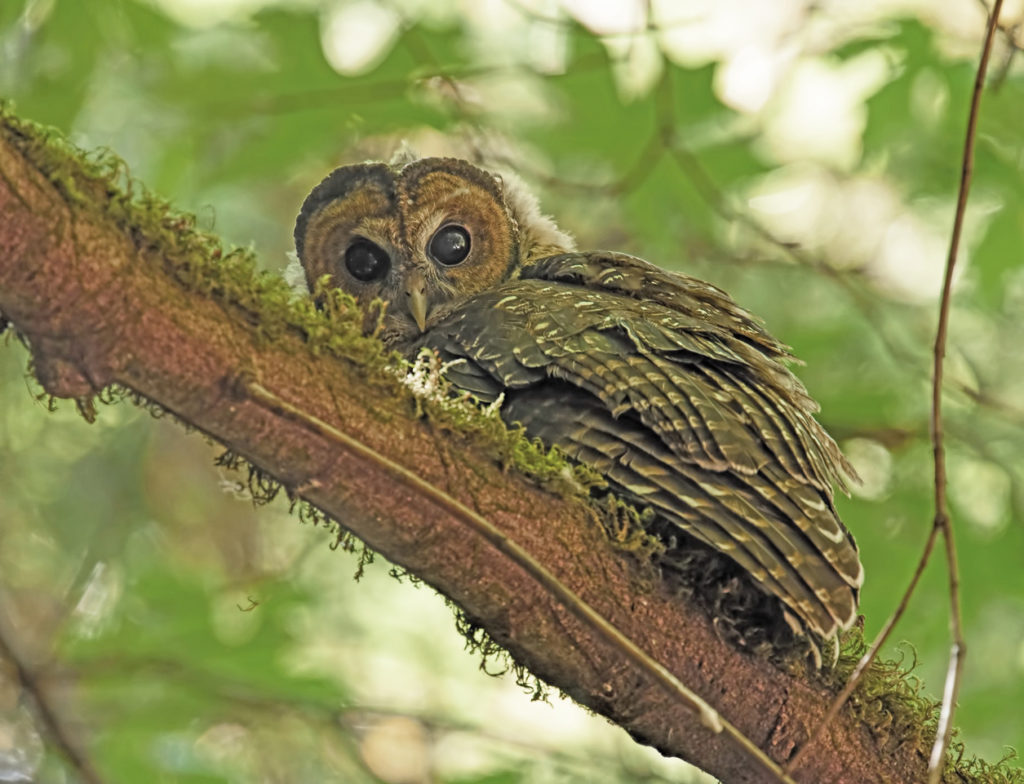by Joe Eaton

(Full article from RATS Tales December 2019)
The legalization of marijuana in California, Oregon, and Washington hasn’t eliminated illegal cultivation. “Trespass grows”, as they’re known to law enforcement, still infest public lands—national and state forests, state parks, tribal lands—from the southern Sierra Nevada up through Northern California’s Emerald Triangle and into the mountains of the Pacific Northwest. These aren’t benign back-to-the-land hippie operations. Often linked to cartels, trespass growers clear trees along salmon and steelhead streams and divert water to irrigate their crops, scar the forest with mazes of trails, poach wildlife, and threaten hikers and researchers who happen upon their camps. Their worst impact, though, may be chemical: the use of banned or restricted rodenticides—including first-generation and second-generation anticoagulants—and insecticides for crop protection, poisoning imperiled species like northern spotted owls, Pacific fishers, and Humboldt martens, along with more abundant creatures.

Greta Wengert, co-founder and co-director with Mourad Gabriel of the California-based Integral Ecology Research Center (IERC), outlined the environmental dimensions of the trespass-grow problem at a recent conference held by the Sacramento-Shasta Chapter of the Wildlife Society (at which RATS also presented on rodenticides and wildlife). She’s been involved with the issue since 2009, teaming with resource-agency law enforcement to track illegal cannabis cultivation sites and, more recently, working on site reclamation and recovery. How many sites are out there is anyone’s guess; Forest Service law enforcement alone conducts an annual average of 220 raids just in California. Wengert estimates she and her colleagues visit between 70 and 100 grow sites a year, documenting pesticide and fertilizer use and the presence of dead wildlife. “We find dead animals at about every other site,” she says. “The cause of death is about a fifty-fifty split between firearms—poaching for food or shooting ‘nuisance’ animals—and poison.” Black bears and gray foxes are the most common victims; others have included songbirds, raptors, rodents, ringtails, fishers, bobcats, coyotes, and mountain lions.
“We often see anticoagulant rodenticides [ARs] used at the sites, dispersed throughout cultivated plots,” Wengert adds. The mix has changed: while the second-generation AR (SGAR) brodifacoum was the most common a few years ago, she’s now finding more first-generation ARs (FGARs) like diphacinone, along with carbofuran, bromethalin (the chemical afflicting San Francisco’s naturalized parrots), and other neurotoxins. “Restrictions seem to have curbed the ease with which illegal users can obtain SGARs,” she notes, “so they’ve ramped up the use of FGARs and neurotoxins. But it’s still common to see SGARs in fishers and owls. That points to the longevity of these chemicals in the system. They take a long time to clear.”
(Carbofuran is an extremely lethal insecticide; a quarter-teaspoon can kill an adult black bear. Banned in the US, Canada, and the European Union, it’s still legally manufactured by Philadelphia-based Food Machinery Corporation (FMC) and exported from the US to African and Latin American countries. Some of the exported product is smuggled in from Mexico for use on trespass grows. The Border Patrol only began looking for carbofuran this year.)

Wengert’s documentation of the pervasiveness of toxicant use on trespass grows adds to an emerging picture of AR exposure in species of concern. In addition to Gabriel’s fisher research, US Forest Service biologist Craig Thompson has found an association between fisher mortality and the density of cannabis cultivation sites in the Sierra National Forest. J. David Wiens of the US Geological Survey, working with Wengert, Gabriel, and other researchers, recently reported in Biological Conservation on ubiquitous AR exposure to barred owls—an ecological proxy for the endangered northern spotted owl—in areas of Oregon and Washington where illegal marijuana cultivation is known to occur, buttressing previous data from northwestern California. Describing a California case in which a spotted owl tested positive for brodifacoum, US Department of Agriculture scientist Alan Franklin and his co-authors speculated that owls are being exposed when they prey on dusky-footed wood rats attracted to marijuana grows; the rodents may eat cannabis leaves or line their nests with them to repel fleas, as they do with California bay laurel leaves. Predation on wood rats may also be a pathway for exposure to fishers and martens, along with ingestion of poisoned baits.

Detecting illegal grows is a work in progress. Forest Service researcher Adam Cummings has developed algorithms that highlight signs of cultivation in Google Earth images. A refinement of that approach uses an area of the visual spectrum associated with photosynthesis. “In August you have a patch of vibrant and healthy plants that are clearly being watered,” Wengert says; it’s most likely cannabis. The IERC hopes to collaborate with remote-sensing specialists in the US Army Corps of Engineers, who have used satellite and high-altitude aircraft imagery to locate poppy fields. Drone technology may help fill in the gaps between Google Earth image captures.
After sites have been exposed and vacated, Wengert and her group help dismantle them, then monitor recovery. Reclamation can be a massive undertaking: some sites are so remote that debris has to be helicoptered out. Disposing of the rodenticides, insecticides, and other toxicants is a particular challenge; carbofuran, for example, can’t be moved on public roads without a special license. “At some sites, there’s permanent damage,” she continues. “Right now we’re doing triage, getting rid of trash and infrastructure and noting sites that need further work, like for erosion control.” There’s no funding for revegetation yet, but that seems to be happening naturally. Crucially, monitoring shows that animals aren’t frequenting reclaimed sites: “As soon as reclamation happens, wildlife activity drops off. They’re no longer being attracted by food or pesticides.”
The IERC has received financial support for reclamation from state and federal resource agencies, county conservation districts, and nonprofits. It’s part of a coalition called Cannabis Removal on Public Lands (CROP), along with public agencies, elected officials like US Representative Jared Huffman, and representatives of the legal cannabis industry whose sales have been undercut by illegally grown marijuana. CROP calls for more state and federal support for trespass grow detection and reclamation.
Remediating the toxic legacy of trespass grows is a formidable task, but, given their devastating consequences for West Coast ecosystems, an essential one.
